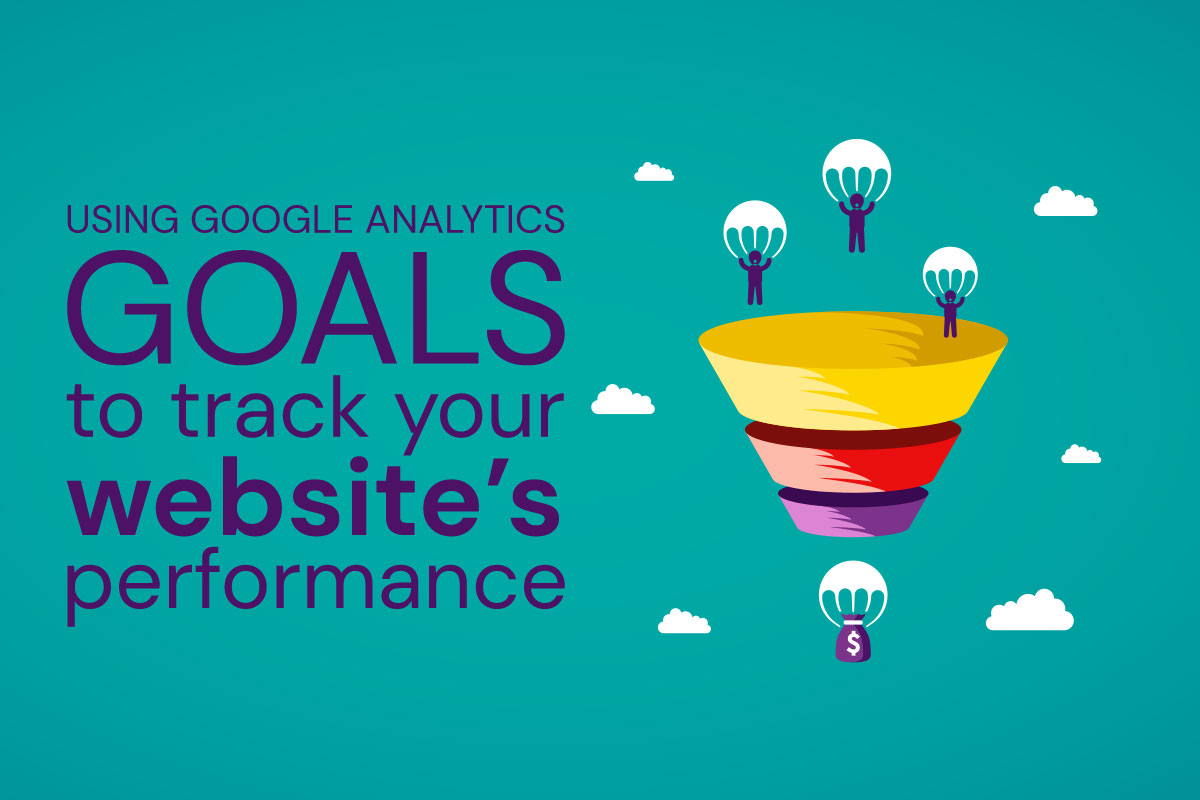If you’re using your website to sell items, to add email newsletter subscribers, or to generate leads, you already know the importance of goals. But do you know the importance of Google Analytics Goals with a capital G? The first step is that you must have enabled Google Analytics on your website. Even if you take no other advice from this blog post, please set up Google Analytics. You won’t regret being able to look at your traffic at some point, but that traffic will only be measured from the first day you set it up. It can’t track retroactively.
Why Use Google Analytics Goals?
Goals measure how well your site fulfills your target objectives. A Goal represents a completed activity, called a conversion, that contributes to the success of your business. Examples of goals include making a purchase (for an ecommerce site), signing up for a newsletter, or submitting a contact information form.
Generally, we talk about using Goals to track conversions, but you can also use Goals to track “micro-conversions.” Not every user who comes to your website is going to do the precise thing you want them to do, such as make an appointment with your consulting business. But that user might perform other actions in the vicinity of a conversion that suggest he might eventually make that appointment. For example, perhaps he spends a decent amount of time reading your FAQ. That’s a good signal that he’s trying to learn about your services and isn’t quite ready to pull the trigger. And the action of spending, say, more than 5 minutes on the URL http://yourwebsite.com/faq can be set up as a Goal in Google Analytics.
What Types of Goals are Possible?
With Goals, you can track when certain URLs are visited (such as a checkout completion page or a thank-you pages that only a user who completes a form can see), the amount of time spent on your website, the number of pages per visit, and many other events.
Other possible activities that might represent conversions, either macro- or micro-:
- A user searches for something on your website
- A user adds a product to his cart (and does not complete the transaction)
- A user creates an account on your site
- A user joins your mailing list
- A user downloads something from your website
- A user adds something from your site to his wish list
Our favorite SEO plugin, Yoast, offers an excellent guide for how to set up Google Analytics goals and tells you, rather exhaustively, how to make best use of your options. If you’re intimidated, start with a simple Goal, and set up one that tracks visits to the thank-you page of your website’s contact form. By doing so, not only will you have much greater access to data about the people who contact you, you’ll be able to visualize that data over time, by geographic region, and so much more.
Hopefully you’ll feel emboldened to set up some Google Analytics Goals. Or contact us—we can always help you out.






